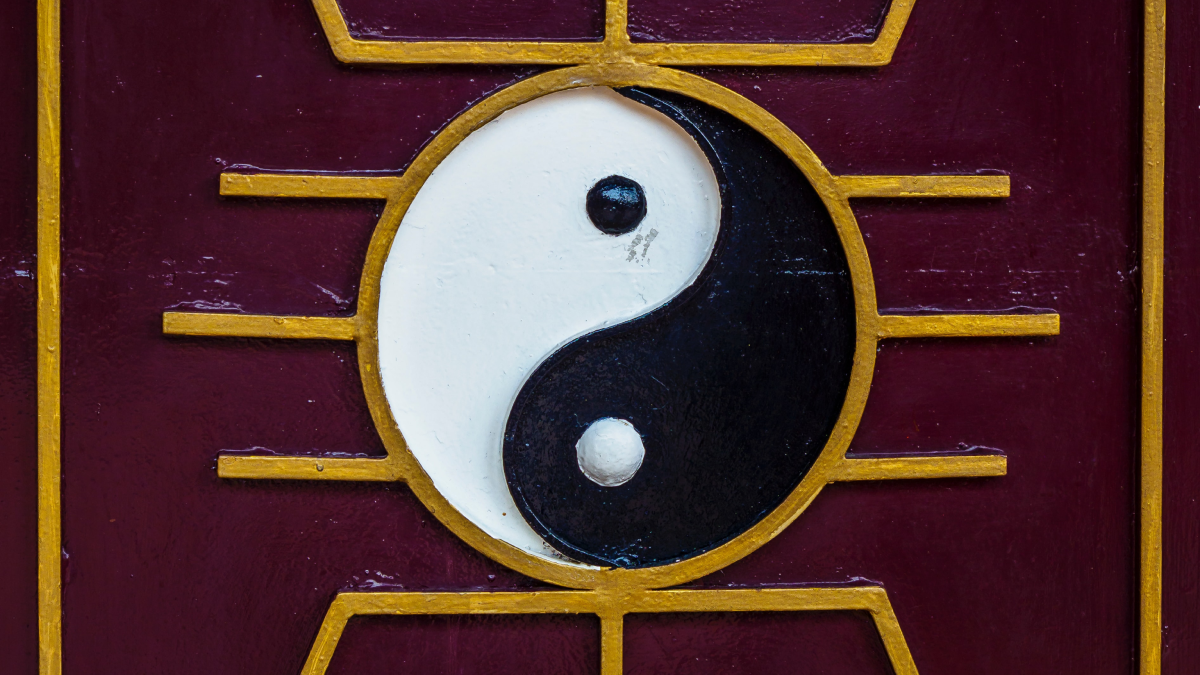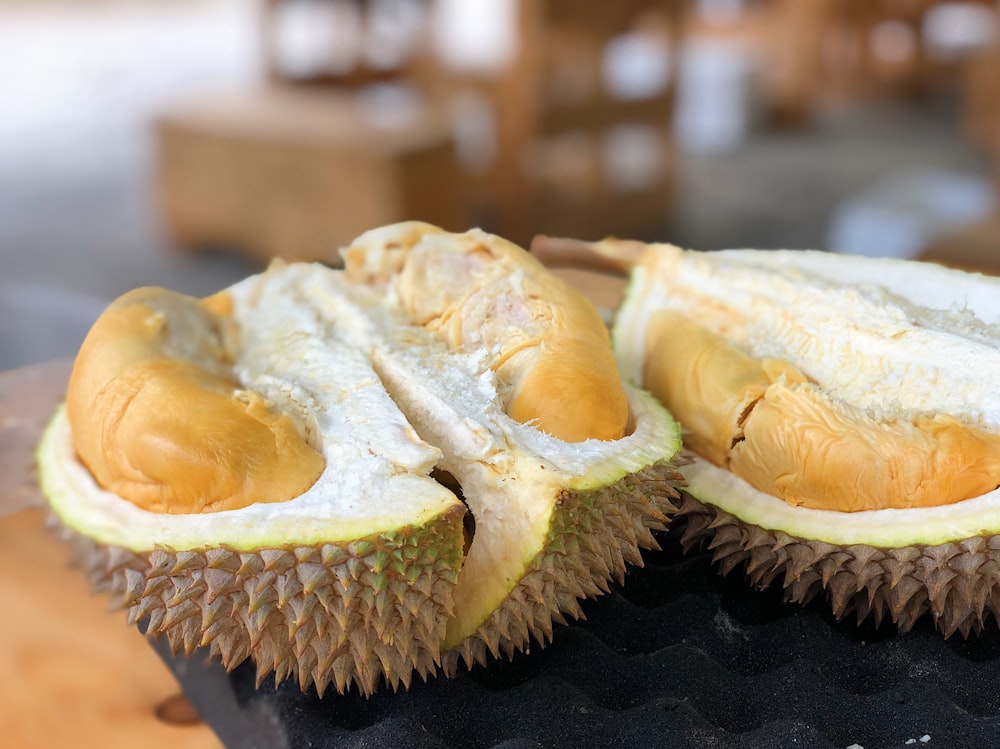
For those brought up in Cantonese households, the words ‘Yeet Hay / jit6 hei3’ (熱氣) might possibly be your worst nightmare. At some point in life, you must have been told off by your elders that eating too many chips is ‘Yeet Hay’, that you should refrain from consuming too many fried chicken in one go.
So what exactly is ‘Yeet Hay’? Is it only a myth our parents use to fend us off unhealthy food?
What Does ‘Yeet Hay’ Mean?
Whilst the Cantonese say ‘Yeet Hay’, its Mandarin counterpart is ‘Shang Huo’ (上火)’, also known as ‘Huo Qi Da 火氣大’. In Chinese Medicine, this concept refers to the build-up of heat internally. When people say they are ‘Yeet Hay’, it typically means they are experiencing symptoms such as sore throat, canker sores, acne, fatigue.

Yin and Yang
‘Yeet Hay’ is a hazily-defined concept unique to Chinese medicine. To understand ‘Yeet Hay’, you’ll have to first grasp the concept ‘yin and yang’. (insert photo) This symbol has been made familiar due to its popularity amongst tattoo designs. Though simple-looking, it carries a deep and profound meaning.
Yin and yang symbolizes the cosmic duality that permeates the universe. There is no day without night, no life without death – you cannot have one without the other. Yang is generally associated with objects and concepts around warmth, motion; whereas Yin, with cold, and stillness. The black (yin) and white (yang) elements stand in direct contrast to one another. Yet, a dot of each opposing colour is situated at the center of the other half, symbolising coexistence – both sides carry the seed of the other. The swirling action signifies harmony, and that together, there is unity in diversity.
What Causes One to be ‘Yeet Hay’?
Yang corresponds to heat, whilst yin, cold. Keeping the two balanced is what constitutes good health. If this balance is tipped such that yang overpowers, ‘Yeet Hay 熱氣’ results; if tipped the other way, ‘Hon Loeung 寒涼’ results.
These are expressions of your inner state of energy. Rather than a disease diagnosis, it describes a certain set of symptoms and sensations. Their manifestation is guided by both external and internal factors. External factors such as weather, food you consume and even stress levels and sleep quality contribute to the manifestation of ‘Yeet Hay’ and ‘Hon Loeng’.
Some may experience ‘Yeet Hay’ symptoms after consuming spicy or deep-fried food, but this is also dependent on internal factors such as your inborn constitution (體質). For instance, whilst those who are innately ‘hon loeung’ may be able to snack incessantly without developing symptoms of ‘Yeet Hay’, you may find yourself falling into the unfortunate state of ‘Yeet Hay’, experiencing symptoms like canker sores, sore throat, or simply the feeling of discomfort after the tiniest bit of chips or hotpot.
What Food Is ‘Yeet Hay’?
In Chinese culture, foods are allocated according to their ‘energy’ profiles – heaty (yang), neutral, cool (yin). It is crucial to understand the energies of food we intake because different food energies interact with our bodies in various ways and affect our state of health.
A question that frustrates most people is: how can we possibly gauge the nature of each and everything we eat? Worry not, we have curated a list of common foods with different energy profiles.
| Heaty | Neutral | Cool |
| -All things fried, oily, spicy -Food grown underground: ginger, chinese yam -Cooking method: All foods that are processed via frying, baking -Meat: chicken, beef, lamb (animals with high mobility) -Fruits: Durian, mango, lychee, peach, cherry pomegranate -Seafood: lobster, prawn |
-Staple foods: rice, potato, carrot, sweet potato -Meat: egg, duck -Fruits: apple, grapes, lemon, strawberry, avocado |
-Food grown in water: lotus, seaweed, watercress -Meat: Pork (animals with low mobility) -Fruits: Watermelon, Mangosteen, pear, banana, orange, starfruit -Seafood: Crab and Clam |
Food energies are often determined by the way the food is processed and treated. Fries, burgers, and spicy foods are no-brainer ‘Yeet Hay’. However, did you know fruits – something that most of us preach as healthy, can actually be ‘Yeet Hay’?
Similar to the state of energy in humans, food is affected by the environment. Tropical fruits grown in hot, humid regions like lychee alongside mango and pomegranate are thought to have the capacity to generate heat internally. As the elderly may say, ‘一粒荔枝,三把火’, (the consumption of one lychee generates three flames of fire – yang). On the other end of the spectrum, food like lotus, seaweed and watercress which are grown in water consist of more yin energy, sharing the ‘cooling’ effect water bears.

Food Pairing
Once again, to be free from ‘Yeet Hay’, we strive to achieve a balance between yin and yang foods. This balance can be seen in the way we pair our foods. For example, durian – the king of fruits, is always consumed alongside the queen of fruits – mangosteen. They complement each other, for the ‘cooling’ quality of mangosteen balances out the ‘heat’ of durian. This pattern of opposing food energies can actually be seen everywhere. Remember your go-to drinks during hotpot – Sugar Cane Juice 竹蔗茅根 and Sour Plum Soup 酸梅湯? If you are the type to drink coke during hotpot (ie. what elders would say – adding fuel to the ‘heatiness’ from hotpot), I urge you to give sugar cane juice a try, not only is it fresh with a tinge of floral sweetness, it relieves thirst better than coke.
Can ‘Cool’ Food Cure ‘Yeet Hay’?
Adding to the complexity of ‘Yeet Hay’, this actually further branches out into various types, ‘Real Fire 實熱’ or ‘Fake Fire 虛熱’.
‘Real fire’ represents a heightened level of yang, whereas ‘Fake Fire’ stems from a normal level of yang paired with a lowered level of yin.
Bananas are considered to be very cooling. You may think that eating a lot of bananas would prevent the manifestation of ‘Yeet Hay’. However, if your body constitution is innately cool, eating one too many bananas could easily cause fake fire, resulting in ‘Yeet Hay’. As such, indulgence in ‘cool’ foods may not necessarily ‘cure’ one’s ‘Yeet Hay’ – variance amongst different body constitutions plays a role.
Quick Fix for ‘Yeet Hay’?
In order to cure ‘Yeet Hay’, it is believed that consuming cooling foods will counteract the ‘heat’ in the body, bringing yin and yang back to balance, and vice versa.
In a lot of Chinese households, the go-to remedy for combatting ‘Yeet Hay’ is ‘leung cha’ (涼茶), herbal tea. It is an umbrella term for a range of ridiculously bitter teas, with the most common ones as ‘ya-sei-mei’ (廿四味), ‘gai gwat cou’ (雞骨草) and chrysanthemum tea (金銀花菊花茶). No, not the sweetened, mass-produced ones packaged in specific rectangular paper boxes you get off vending machines, nor the ones sold in teabags.
To get an authentic taste of chrysanthemum tea, and most importantly, to obtain the full medicinal effect of it, you will have to follow a traditional Chinese recipe or purchase one from a specialist store.
Why is ‘Yeet Hay’ So Mind-Boggling?
The origin of Chinese medicine emerged centuries ago. Yet to this day, the jargon used and concepts around it can still be very puzzling to foreigners, those of scientific communities or even the Chinese themselves. Unlike Western medicine which is backed by scientific research, evidence, and experimentation, Traditional Chinese medicine believes that illnesses are caused by the imbalance of yin and yang. Such elusive, abstract concepts render it almost impossible to perform scientific studies, hence why some deem Chinese medicine as unsubstantiated and pseudoscientific.
The Bottom Line
Whether you are a believer or a skeptic, the key takeaway is to consume everything in moderation. Overindulgence in one type of food is never wise.
Learn to pay attention to how different foods affect your body. As unique individuals, we are all built differently, the same diet may suit others, but not necessarily you. Want to find out the best diet for you? Take a CircleDNA test to understand yourself better.






